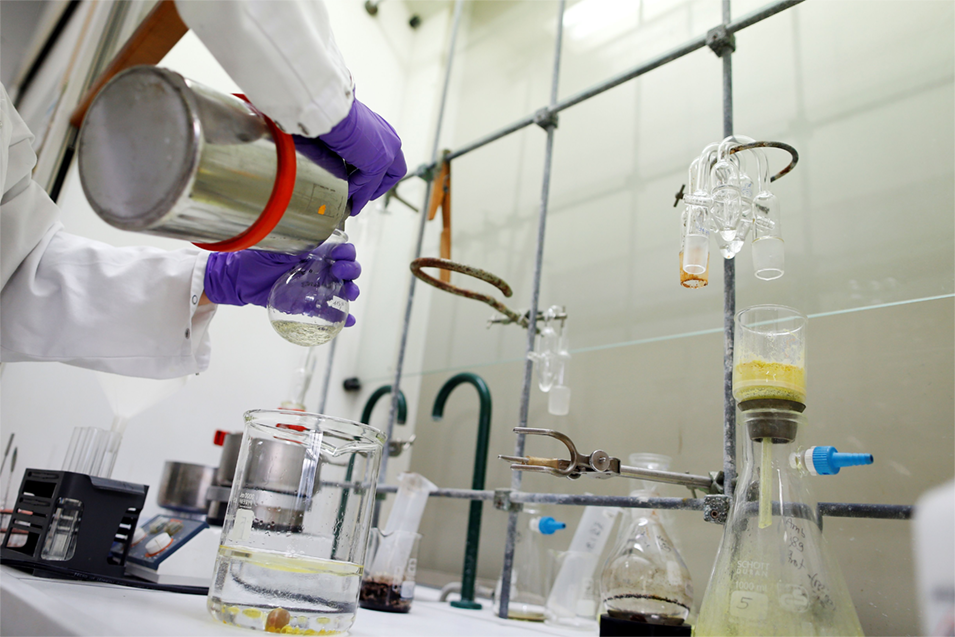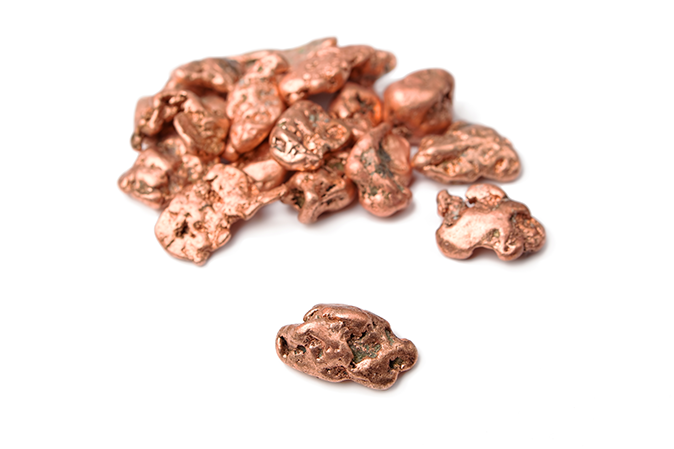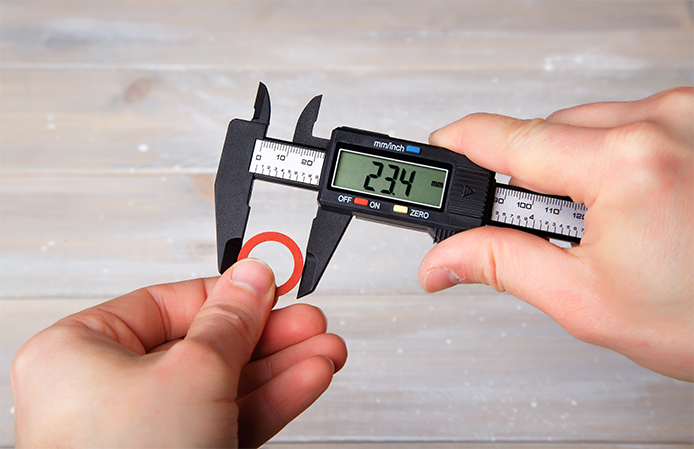What is chemistry
Chemistry is the study of matter and its properties. It is easy to find examples of chemistry in our daily lives because everything in our physical world is made of matter.
In order to be successful in Chemistry, you will need:
- scientific and technical knowledge
- problem-solving skills
- numeracy skills
- persistence and patience

Organizing your course work
To succeed in a course like this, you will need to record information and develop routines.
Your written work will be divided into three major components. Each is important to your success in the course, and each one helps you learn how to learn, in addition to learning about chemistry. Press the following icons to learn more about each of these written components.
Thought Book
Making observations
Most of us are very familiar with what happens when a candle burns. Watch the following video, “Burning Candle,” and as you watch, record everything you observe about this process in your Thoughtbook. Use precise, descriptive language to record your observations. You may want to create a table to help organize your observations about the candle before, during, and after burning.
Note: You will revisit your observations from the task at the end of this learning activity.
Qualitative and quantitative observations
Scientists rely on their observations of phenomena in order to learn more about the world and make new discoveries. Observations can be separated into two different categories: qualitative and quantitative. Remember from previous courses that qualitative observations are those that require use of your senses, while quantitative are those that are measurable and are made with instruments.
Notebook
Make sure you understand the difference between qualitative and quantitative observations before moving on. Record a definition and examples of these types of observations in your notebook.
Organizing and communicating observations
When communicating observations, keep in mind the following Success Criteria:
- Tables with titles are used to organize data.
- Headings in tables are easy to understand.
- Units are included for quantitative data (can be in heading).
- Qualitative and quantitative data are separate from each other.
- Clear language is used throughout.
- Point form may be used for qualitative observations.
Lab activity: Making qualitative and quantitative observations
When you have finished recording your observations, compare them to the sample response for the Vinegar and baking soda activity below.
How are your observations similar or different? Is there anything you would add or change about your table in the future?
Make notes on anything you should improve on next time you complete a lab activity.
Qualitative observations
| Item | Description |
|---|---|
| Vinegar | Clear, colourless liquid |
| Baking soda | Fine white powder |
| Vinegar + Baking soda |
|
Quantitative observations
| Item | Mass (g) |
|---|---|
| Vinegar | 28.9 |
| Vinegar + Baking soda | 35.0 |
| During reaction | Slowly decreases from 35.0 g to 34.2 g |
Notice how the Success Criteria for organizing and communicating data are applied:
- Tables with titles are used to organize data.
- Headings in tables are easy to understand.
- Units are included for quantitative data (can be in heading).
- Qualitative and quantitative data are separate from each other.
- Clear language is used throughout.
- Point form may be used for qualitative observations.
Checkpoint
You’re almost at the end of this learning activity.
Before continuing, read the following Success Criteria and ask yourself if you have met them. If not, you may want to review some of the content in the learning activity until you are comfortable that you have successfully met the criteria.
Success Criteria
I am able to:
make both qualitative and quantitative observations of chemicals and chemical reactionscommunicate my observations using organized tables and proper conventions (units, headings)
Transferable Skills
In this course you will develop scientific inquiry skills, such as making and recording effective observations. You will also develop competencies that every learner needs in order to succeed in all subject areas.
Recently, Ontario worked with other provinces in Canada to outline Transferable Skills that are required for thriving in today’s world. Ontario then developed its Transferable Skills Framework (Opens in new as a set of skills for students to develop over time. Read through the framework and the student indicators. Throughout the course, you will be asked to reflect on these competencies, and relate them to your own learning. At the end of the course you will revisit these competencies to see which ones you have developed the most.

Notebook
As an initial exercise, in your physical notebook, select three (3) Transferable Skills that you feel you have developed the most (or are beginning to develop) through your studies, your job, or other activities. For each of those chosen skills, briefly write down the indicators that show your developing skills. Record these in your notebook.
Learning summary
- Qualitative and quantitative observations can help us understand matter and its properties.
- Qualitative observations involve the use of our senses
- Quantitative observations require the use of specialized tools to perform measurements.
Thoughtbook
Revisit your Thoughtbook task from earlier in this learning activity. Revisit the observations you made about the burning candle. Consider the following:
- Which of the observations are qualitative? Which are quantitative?
- Can you think of any qualitative observations you could add based on what you learned in this learning activity? Did you observe the candle’s colour/shape/size/lustre/state? What about the flame?
- Did you make any quantitative observations? If you were to make quantitative observations, what would you include?
- Were your observations organized in a table? What do you think the best way to organize them would be?
Edit your observations in the way that best organizes and communicates the information.




